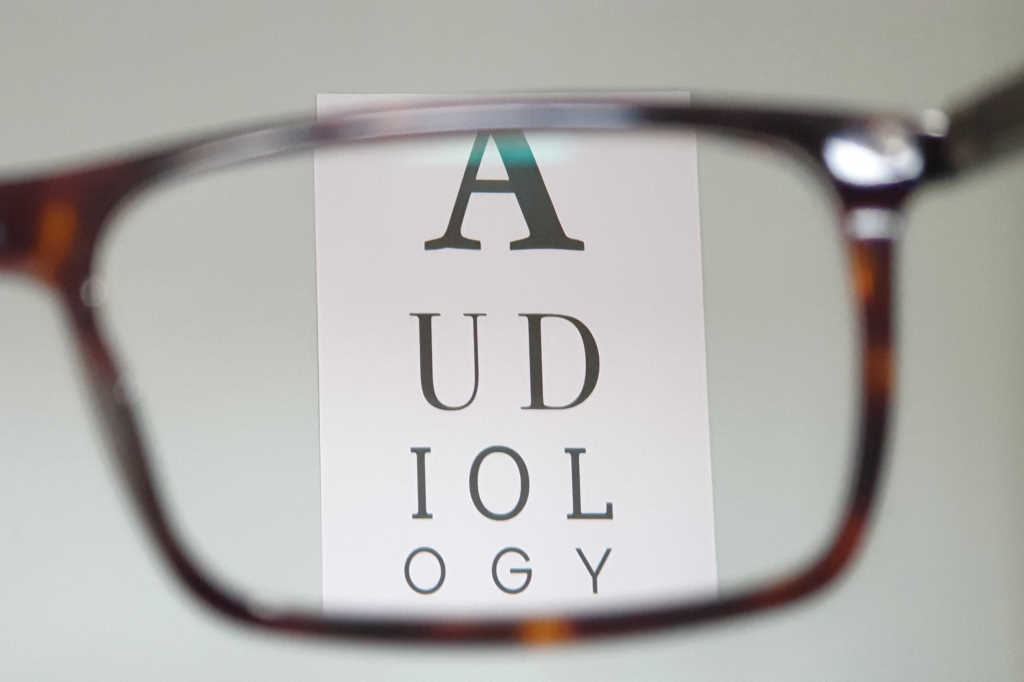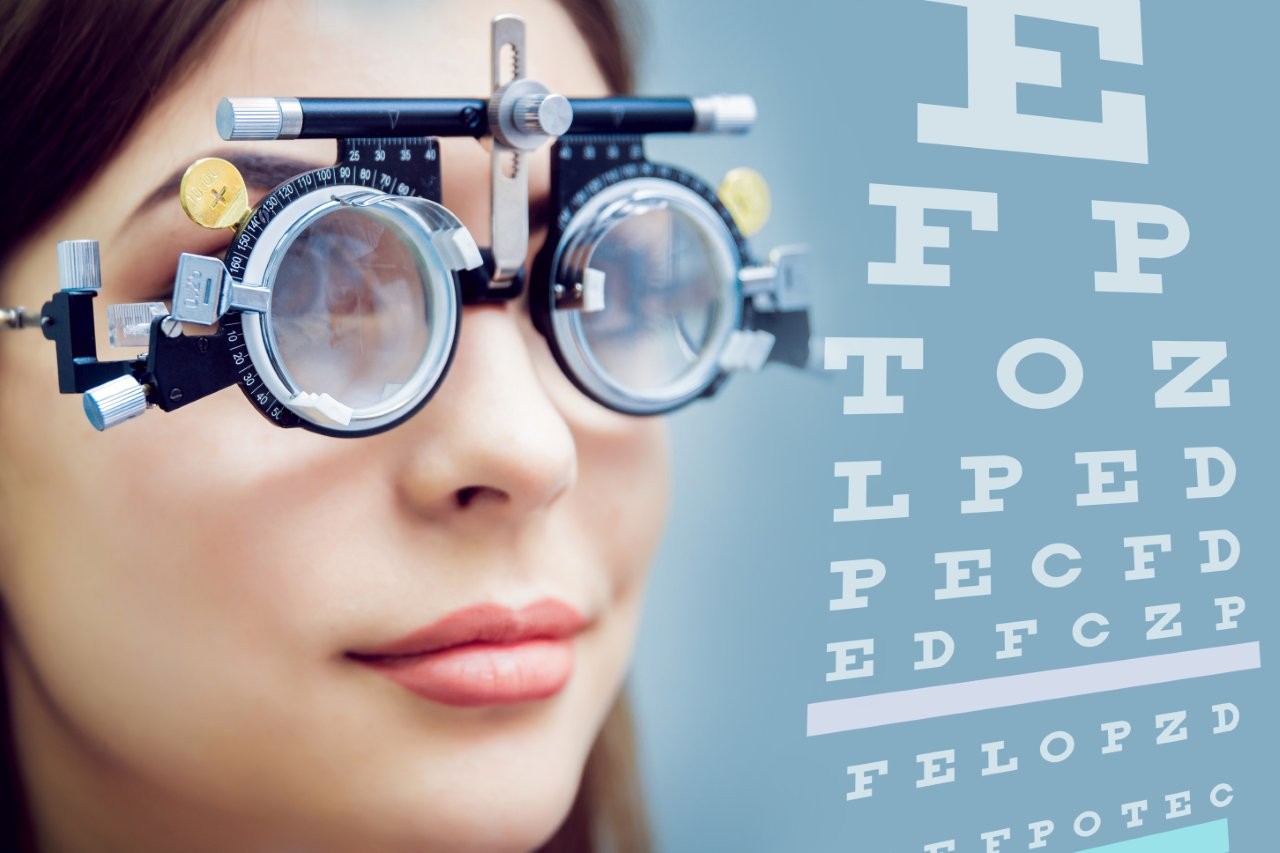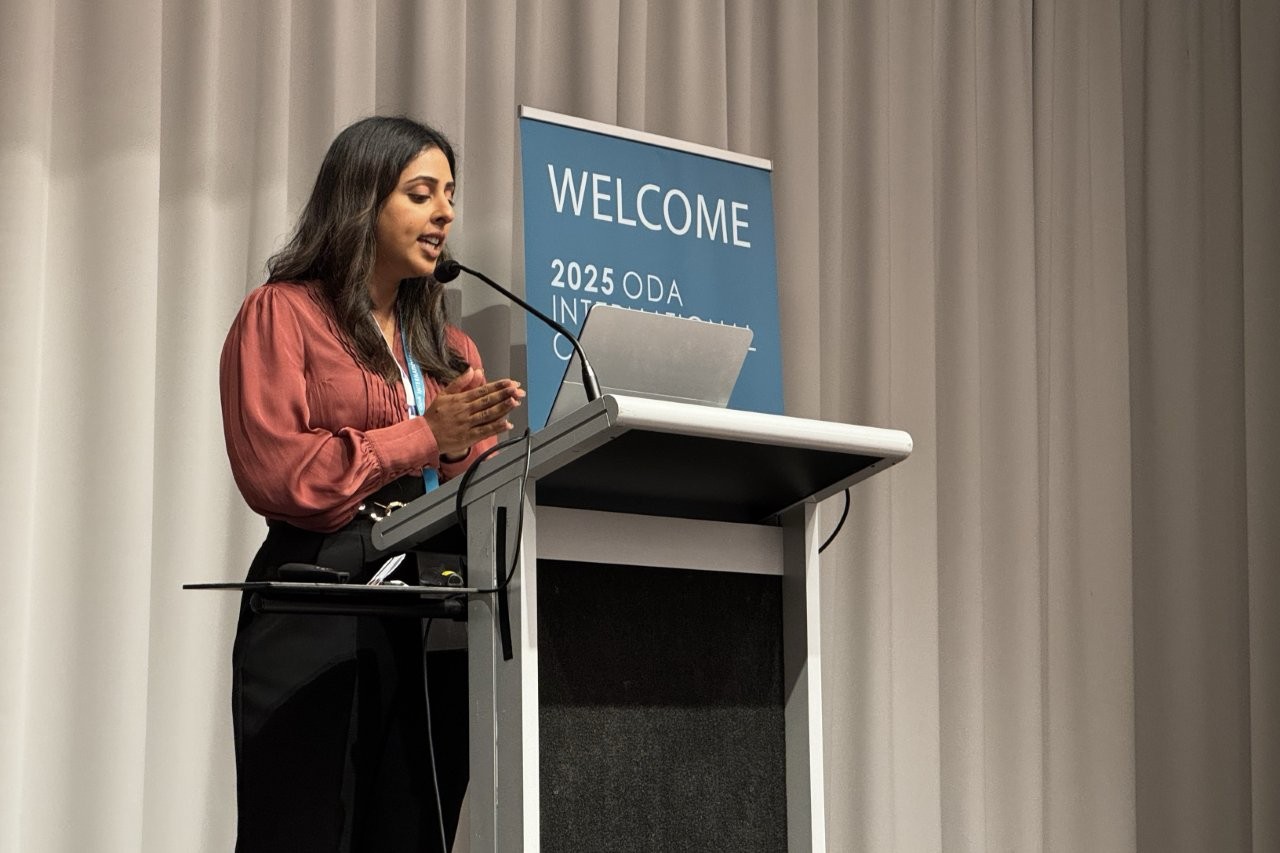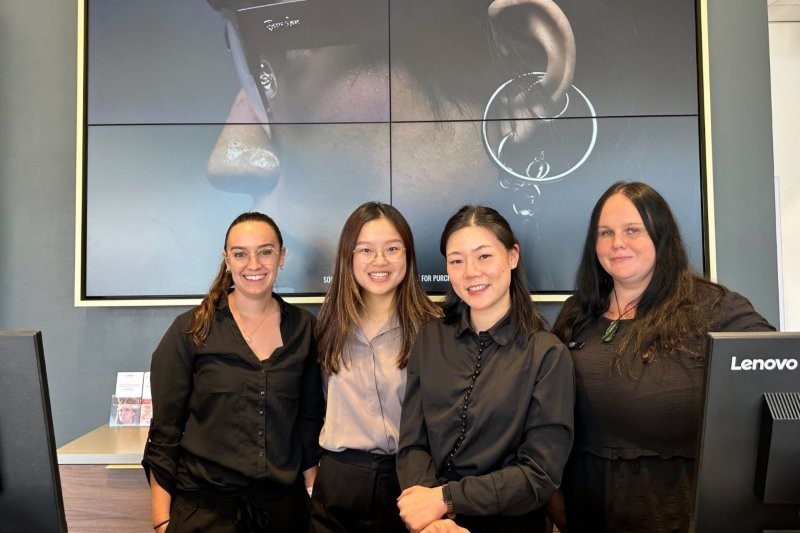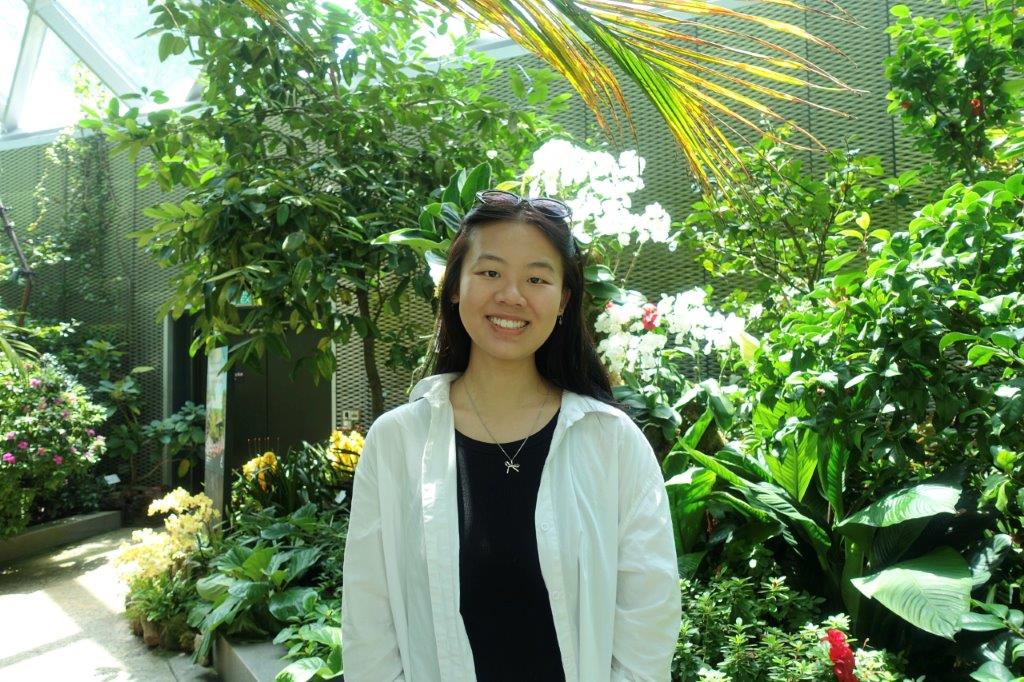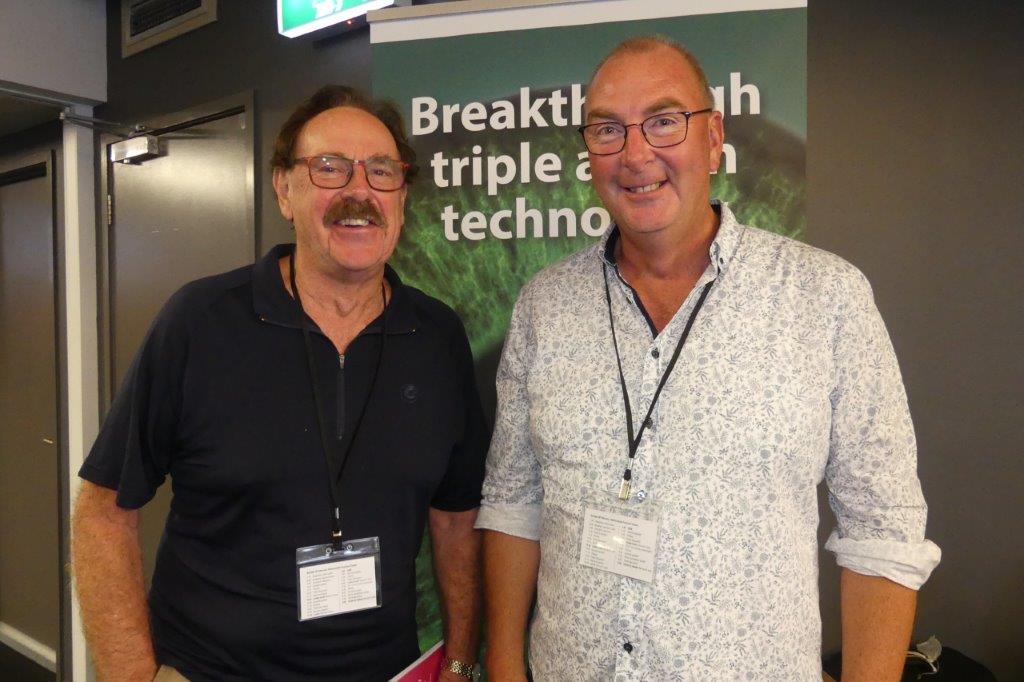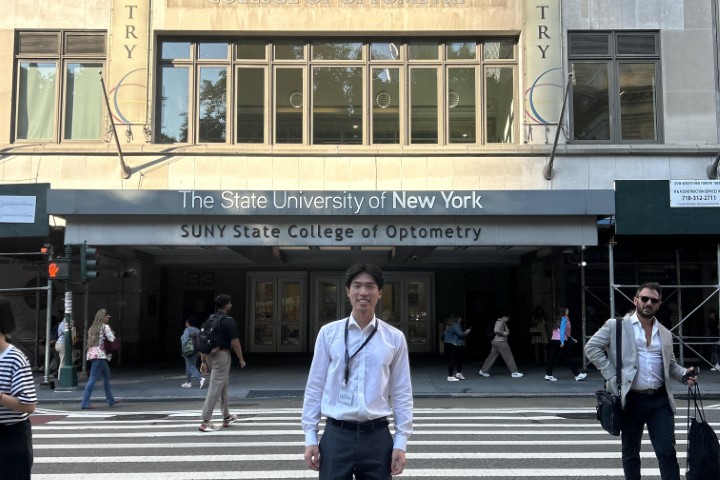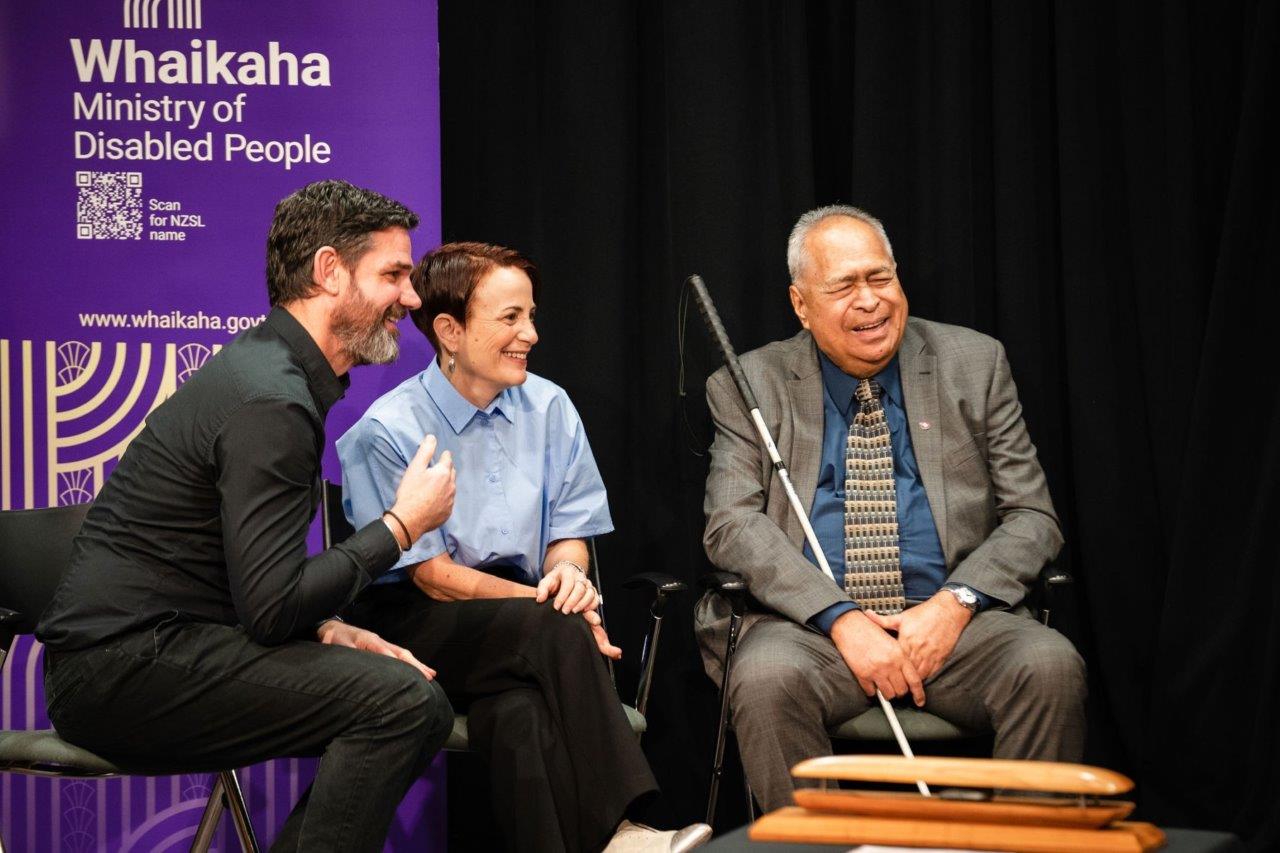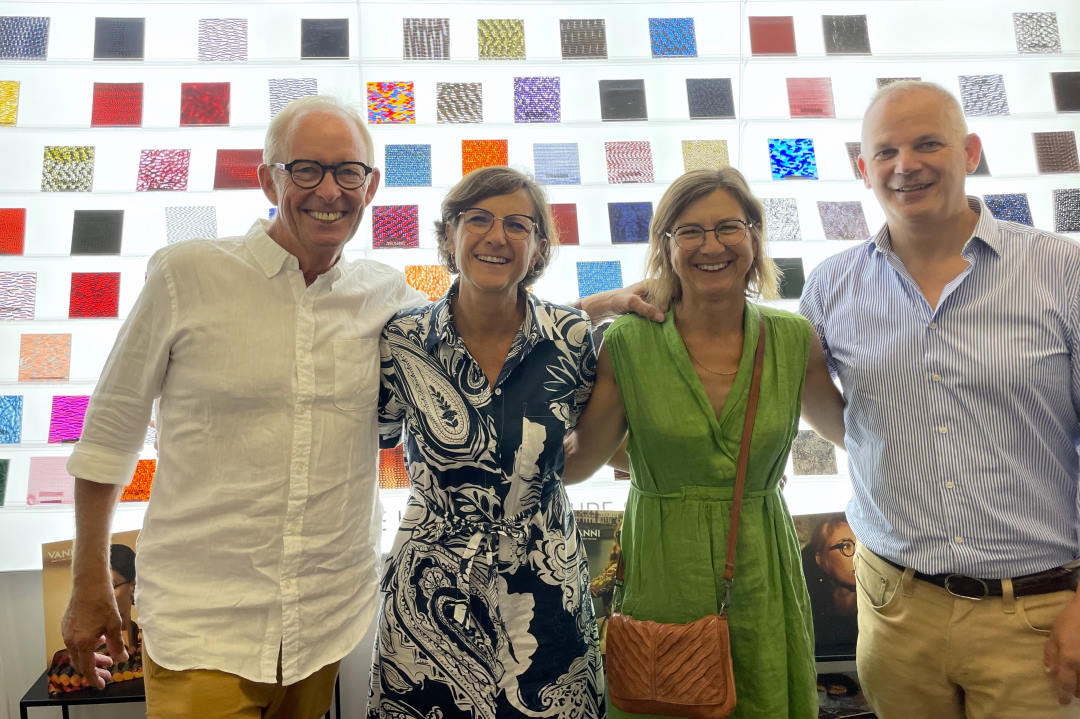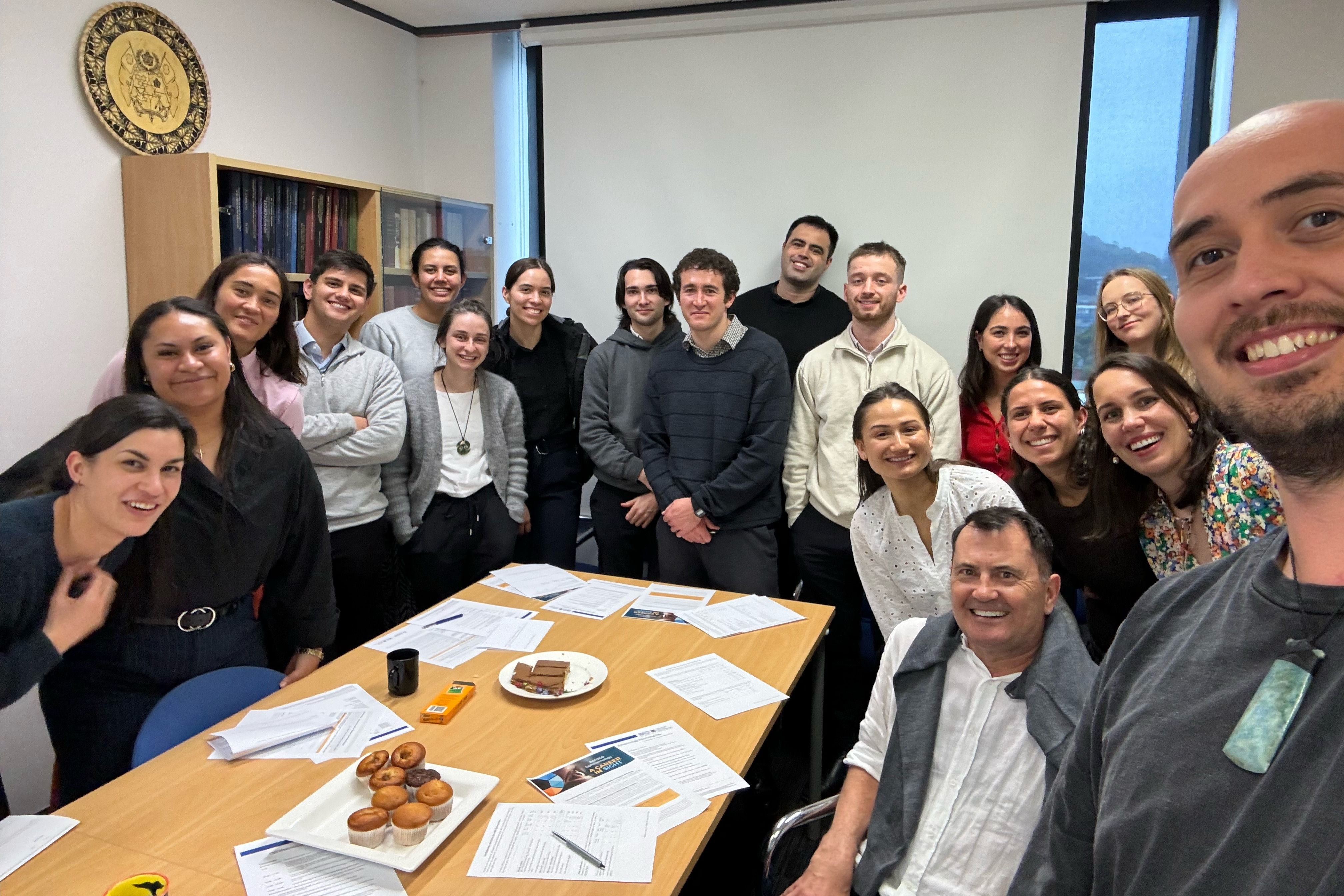Unlikely bedfellows: audiology for the independent optometrist
With 97% of over-65s needing some form of vision correction and an estimated 73% of 70-year-olds needing hearing support, audiology has proved a winning drawcard for big-chain optometry practices. So why not independents? asks Drew Jones.
“Eyes and ears together? Customers just get it. The convenience of those two services in one place is huge,” says Nick Taylor, chief audiology officer for Specsavers ANZ. Of New Zealand’s 57 Specsavers stores, 39 currently offer audiology, while 67% of the company’s Australian stores include hearing services. The two disciplines are completely symbiotic, agrees Ryan Leighton, CEO of Leightons Opticians & Hearing Care, a family-run business with 36 branches across the south of England. “Here, in the UK, audiology is now very much the thing. I would imagine within three years, 80% of UK independents will provide audiology services within their optical practice.”
According to a 2011 paper by Schneck et al, hearing status and vision impairment are not independent in older adults. “Audiologists and optometrists should enquire about the other sense in cases in which a deficit is measured, as individuals with dual sensory loss are at a marked disadvantage in daily life,” wrote the authors. Yet in New Zealand, Levin’s SeeHear appears to be New Zealand’s only independent optometrist offering audiology. Taylor suggests an element of professional pride could be behind some independent optometrists’ reluctance to branch out. “My experience of talking to lots of independents is they don't want to act as a retailer, they want to be a pure healthcare clinician.” But they shouldn’t look at it from their perspective, he says, they should look at it from their customers’ perspective – what they need – as that will help them better service their customers and thus grow their practices.
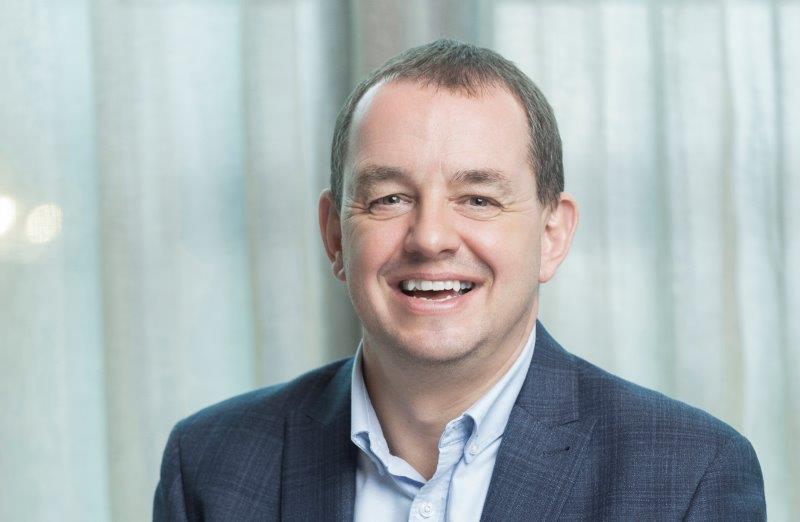
Nick Taylor, Specsavers ANZ's chief audiology officer
Are we listening at the back?
Leighton says it’s important to first understand the differences between an audiometrist and an audiologist. While the former deals solely with hearing issues, audiologists are qualified to work with all ear-related issues. “Both can diagnose and help you manage hearing loss, but an audiologist has a much wider scope of medical practice,” he says. An audiometrist can’t deal with paediatrics, complex or vestibular (balance-related) issues – they just do adults, adds Taylor. “But that's 95% of the market anyway.”
In both Australia and New Zealand, audiology is an unregulated profession because it’s low risk, says Taylor. In theory, anybody can open a shop on a street corner, buy some hearing aids off the internet and sell them to the public, he says. “But if you want to access public funding – for New Zealand, that's through the Accident Compensation Corporation (ACC), the Ministry of Health or Veterans' Affairs New Zealand – you have to have a registered professional with the New Zealand Audiological Society (NZAS).”
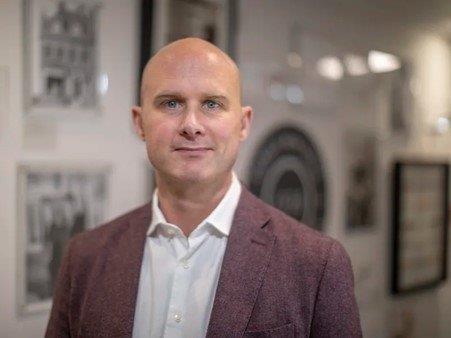
Ryan Leighton, CEO of Leightons Opticians & Hearing Care in the UK
As of March 2023, NZAS’ active members included 39 audiometrists and 504 audiologists. Asked if the NZAS could guide optometrists keen to add audiology to their practice, executive director Helen Sullivan says it can provide advice about its standards of practice, its best-practice guidelines and its scopes of practice for audiologists and audiometrists. All of which “may be useful in informing the establishment of audiology practices in the New Zealand context,” she says. “Most New Zealanders qualify for some form of government funding or subsidy, hence the importance of NZAS membership for audiologists and audiometrists in New Zealand. While the professions are not regulated under HPCA (Health Practitioners Competence Assurance Act 2003), the society is recognised by the government as providing a self-regulatory function.”
Turning ears into earnings
While adding a whole new business and clinical element to an optometry practice’s offering might sound like a mammoth undertaking, some optometrists who made the leap have no regrets. “I didn’t imagine that it would have been as successful as it has been. This all started in 2006 as very much an add-on service, but it’s now integral to what we do and our purpose,” says Leighton.
The majority of audiology revenue is derived from hearing-aid sales, hearing-protection products and wax removal, says Leighton. In the UK, GPs used to be the go-to for ear wax removal, but since the irrigation method can cause damage to the ear, GPs refused to do it anymore, says Taylor. “It was the highest service for litigation and complaints, with people trying to sue GPs for the damage they'd caused.” The alternative was referral to an ENT surgeon followed by a potentially long wait. Taylor credits those circumstances as leading to Specsavers becoming the UK’s largest provider of earwax removal services, using microsuction rather than water. The chain has yet to launch the service in Australia or New Zealand, but only out of concern about meeting demand, he says. “It could just swamp our clinics. But for anybody trained in ear wax removal – normally an audiologist or a nurse – there's quite a big market because it's not just hearing-aid wearers; earwax is a normal part of physiology and some people have to have it cleared out regularly.”
When Lachlan Smith added audiology to his father’s Moonee Ponds optometry practice in Melbourne in 2013, it became the city’s first to combine the two disciplines. The owner and director of Smith Eye and Ear Solutions in Victoria, Smith is also the country’s only audiologist with an optometry master’s degree. He now owns two practices operating under the same dual model. The advantages of combining the two clinical offerings include sharing administration, bookings systems and costs, say both Taylor and Leighton. However, audiology patients often need more frequent and longer appointments, demanding more chair time than with an eye examination, says Smith. “There is more conversation, counselling and communication involved, and case history takes longer. But that can also draw out issues with their eyes and vision.”
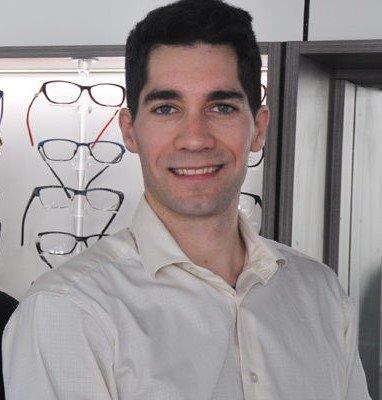
Australian audiologist and optometrist Lachlan Smith
Another advantage of the audiology-within-optometry model is the audiology component doesn’t necessarily have to steal any practice floorspace. Unlike frames, hearing aids are custom-made, so no additional storage or financial outlay is required for stock, says Leighton. “Plus, most of the time, we share the existing optical consulting rooms. Where a new audiology room is required, it is usually because the business has proven it can justify the expense and that there will be a positive return on investment for all involved.” The audiology room doesn’t have to be soundproofed either (although Specsavers’ are), but it has to be sound treated to an overall ISO calibration standard, says Taylor.
In the UK, the setup cost for audiology includes testing equipment at around £25,000 ($51,000), a sound booth at £6,000 ($12,000) and initial marketing costs of £10,000 ($20,000) per practice; so about $83,000 in total, says Leighton. However, he cautions, while the New Zealand market might be completely different, in the UK the revenue generated out of 90% of single-site practices would not justify this investment. “You would be better off partnering with an established provider, put the right support and audiologist in and have a share of revenue,” he says. But if you have 10 or more practices and someone who can drive the business forward, the numbers can work with perhaps two audiologists to service the whole group, he says.
In the Specsavers model, the audiologist is in charge of the day-to-day running of the business, says Taylor, and they receive the profits and enjoy the capital growth. They also receive a market salary and other benefits from the joint venture, he says. “It's a little like a franchise but it's a partnership, our standard model being one audiology partner for two stores. So you might start the business with them three days in one store and two days in another. But what we’ve found is the demand quickly outgrows that.”
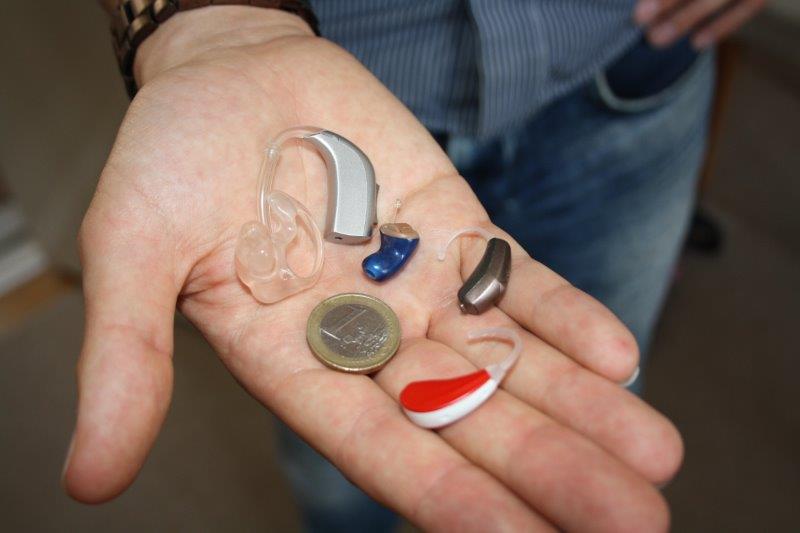
A selection of hearing aids, with a €1 coin for scale
Sounds like a good idea?
So why try to compete with independent audiologists and the big optometry chains offering audiology? “We're bigger, we can get better deals on products. So what's your USP (unique selling proposition)?” says Taylor.
It takes time and effort to establish an optometry-audiology practice, so you need a point of difference, agrees Smith. “There are now a lot of optometry and audiology clinics and not all of them are viable. Good staff and good service are key.”
If you can get a good audiologist, a good hearing-aid provider and meet the required standards set by your local professional and regulatory bodies, audiology is a great additional service to provide, says Leighton. “This is not just about generating a new revenue stream but about retaining patients – if more of the optical market enters the audiology space, it also attracts new patients.”
Since audiology sounds like it can be a great way to gain market share, perhaps Mike Watkins, the optometrist and co-owner of Levin’s SeeHear, was wise to keep his cards close to his chest when he was asked about his business model. “All I’d like to say is it works well for us,” he said.










